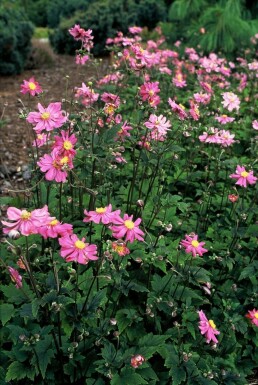
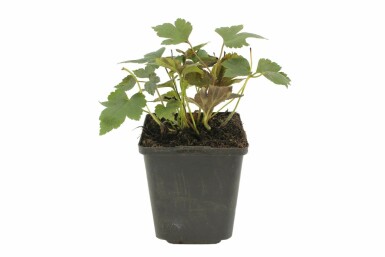
75cm



Updated on 10 September 2025
We regret to inform you that we are currently unable to ship orders to the United Kingdom. We anticipate being able to resume shipments at the beginning of 2026.
Anemones bring delicate beauty to the garden with their white, pink, or blue flowers, perfect for semi-shaded areas. They bloom late into autumn, offering a long-lasting display. Hardy and versatile, they thrive with perennials and attract beneficial insects.


75cm



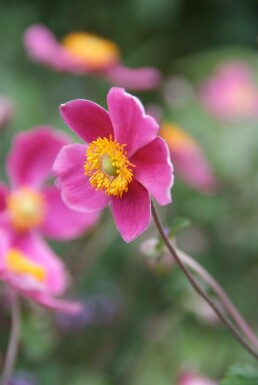





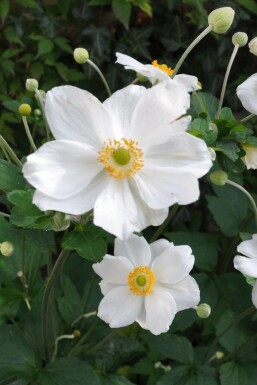
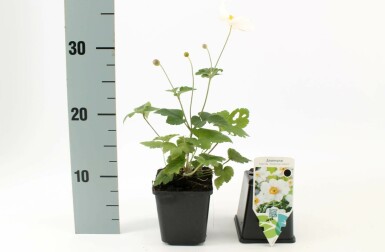


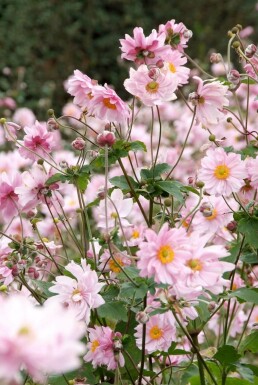
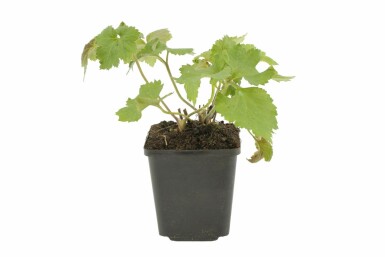
80cm



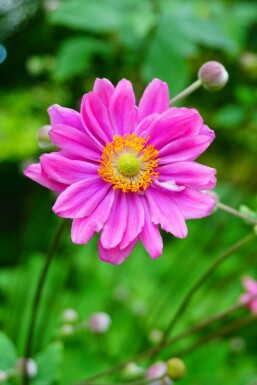
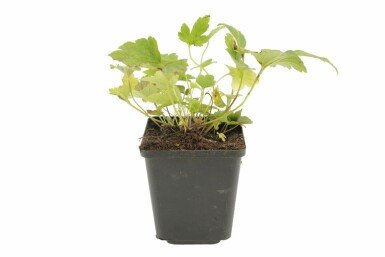
70cm



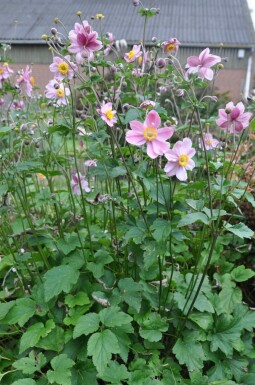
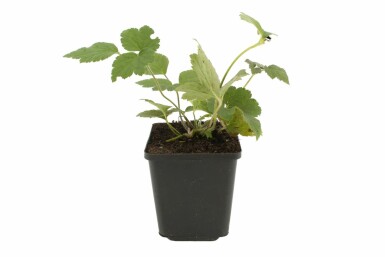
80cm



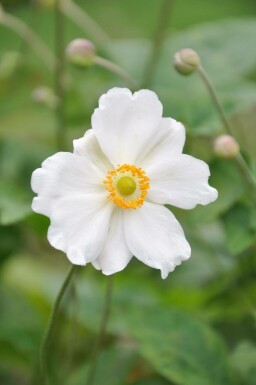
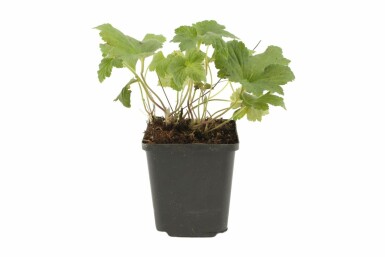
90cm



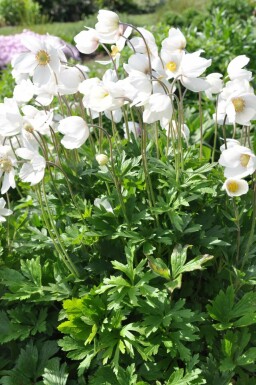
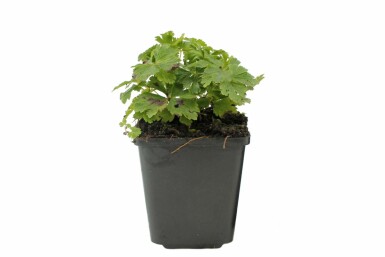



Anemones bring a touch of grace to any garden setting. With their daisy-like flower shape and vibrant colours such as white, pink, blue, and red, they add charm and movement. These shade-loving perennials often bloom in spring or autumn, enriching semi-shaded borders and woodland gardens. Anemones, also known as windflowers, thrive as late bloomers in autumn, making them excellent for underplanting shrubs. Their feathery or toothed leaves contribute to their visual appeal. Consider them for wind-resistant borders due to their sturdy nature. Explore the beauty and resilience of Japanese anemones, perfect for creating a long-lasting display. For those looking to enhance their garden, ordering Anemone tubers in the UK can ensure a wonderful addition to any green space.
Anemone, also known as windflower, is a plant from the Ranunculaceae family. This group includes Japanese anemone, autumn anemone, and wood anemone. These plants are used for their beauty and versatility in gardens. Anemones can thrive in borders, group plantings, or as specimen plants. They are ideal for shaded borders, pots, and planters. Anemones originate from Europe, East Asia, and North America, often found in deciduous forests and mountain meadows. In their natural habitats, they play a role as spring ephemerals, providing one of the first pollen sources for insects and serving as ground cover in open forests.
The name comes from the Greek word 'anemos,' meaning wind, as they are called flowers of the wind gods. This gives them a symbolic meaning of mortality and beauty. Anemones have a lifecycle that includes bulbs or rhizomes, making them deciduous and partially hardy. They offer a wide range of growth types, making them suitable as long-blooming shade perennials. Gardeners can choose to buy anemones to enhance their gardens with enduring elegance.
The Anemone is a versatile choice among the perennials due to its long flowering period. Anemones, often known for their daisy-like flower shapes and feathery or toothed leaves, have diverse growth forms. They can be upright or bushy, with long flower stems, and some varieties serve as groundcover in the spring. These plants, whether bulb or rhizome-bearing, range from partially hardy to deciduous. Anemones display a wide growth range, from 20 cm to 120 cm in height, with some perennial types reaching higher. The development of these plants can be seen in the spring and autumn, with wood anemones flourishing from March to May and autumn anemones from July to October. Growth is influenced by factors such as climate, soil preparation, and care. The blooming colours of Anemones vary, including white, pink, red, purple, and lilac. Some even exhibit semi-double or double blooms, with their hues influenced by the species, light conditions, and soil type. Anemones thrive in shaded borders and are perfect for group planting or as specimens in pots and planters, attracting various insects and providing a wind-resistant border. While not all Anemones have a distinct fragrance, some species offer a subtle scent that contributes to biodiversity. These shade-loving perennials, known as windflowers or Japanese anemones, make a stunning addition to any garden, with their ability to brighten up late summer and autumn displays.
Anemone leaves have unique shapes, from three-lobed to palmate, often with serrated edges. They are softly hairy, adding a delicate texture. The colour varies from light green to grey-green, turning yellow in autumn, enhancing a garden's seasonal appeal. Anemones remain green until autumn, when leaves fall, influenced by species and climate, such as in the UK where they adapt well. The plant thrives in USDA zones 5 to 7, withstanding temperatures from -29°C to -18°C. Winter hardiness depends on species, exposure to wind, and soil conditions. Anemone is generally frost-hardy, but protection from harsh winds and a well-drained soil can improve its resilience. Anemones often bloom in spring or autumn, depending on the species. These perennials are not evergreen, shedding leaves annually, adapting their growth to seasonal changes. For heat and drought resistance, anemones rely on deep root systems and underground rhizomes, helping them survive dry periods. The plant's fuzzy leaves contribute to retaining moisture, while their origin provides natural adaptation to varying conditions. Although some anemone species can be toxic if ingested, they are safe in gardens with children and pets when handled properly. Encouraging their growth enhances biodiversity; they attract pollinators with their blossoms, which come in white, pink, or blue. Anemones offer ecological benefits by supporting insects and maintaining garden health. Incorporating them into a woodland garden is ideal, as they mimic natural habitats and provide extended blooming periods.
Anemone can add charm to the garden, especially in semi-shaded borders or woodland gardens. When paired with other shade-loving perennials, Anemone offers a delightful contrast. Consider combining Anemone with Hosta, which provides lush, green foliage. Actaea introduces rich, dark leaves and adds height, making a striking visual impact alongside Anemone's delicate blooms. Thalictrum is another excellent choice, offering airy, feathery flowers that complement Anemone's simple beauty. For more texture, try pairing Anemone with Adiantum or maidenhair fern, whose delicate fronds provide an elegant backdrop. Geranium, with its colourful blooms, contrasts effectively with Anemone's subtle hues. These plant combinations work well because they thrive in similar conditions and enhance each other's qualities. Anemone's soft floral beauty and late-summer bloom bring vibrancy to a shaded area and extend garden interest into autumn. Anemone brings soft floral beauty and is a strong addition to a border full of garden plants. Choose Anemone for a wind-resistant border, as it adds grace and resilience to any planting scheme.
Anemone thrives in full sun or light shade. The key to thriving growth is ensuring they receive enough light without becoming scorched. Full sun is suitable for some species, but light shade often works for others, especially during hot afternoons. Wind sensitivity can affect growth. Anemone benefits from being planted in sheltered spots where wind impact is minimized. Use barriers like hedges to protect them from strong winds.
The ideal soil for Anemone is well-draining and humus-rich. This plant thrives in cool forest soil, which offers the nutrients needed for growth. Regular fertilisation enhances growth, while drainage avoids root rot. Anemone prefers moist soil. Factors such as wind and sun exposure can dry the soil, so ensure regular watering. Selecting the right soil type contributes to maintaining the right moisture levels.
Anemones grow well in slightly acidic to neutral pH soil. This ensures they absorb nutrients properly. Testing soil pH and adjusting with amendments if necessary can promote healthier growth. Overall, providing the right conditions helps Anemone flourish in any garden setting.
Anemone, often known as windflower, thrives when planted in early spring or autumn. Tuberous types do best when planted in autumn or spring, depending on bloom time. Plants delivered in pots can be planted all year round, avoiding periods of frost. For those with roots or clumps, planting in spring or autumn is ideal. Consider the location, as anemones prefer humus-rich, well-drained soil with partial shade to full sun exposure. When it comes to planting distance, the type and growth rate of the anemone should be considered. Anemones like the Japanese variety may need more space due to their spread. Heijnen's product page provides detailed information on the number per metre required. Proper soil preparation is crucial. Use Heijnen planting soil for best results, ensuring the area is well-drained and enriched with compost or leaf mould. Plant bulbs 5–7 cm deep, and water thoroughly during establishment. Regular watering and occasional fertilising aid in healthy growth. Anemones, or windflowers, are a wonderful addition to any shade-loving perennial garden.
Anemones, known for their delicate flowers, require some attention throughout the year. They thrive well and can be a stunning addition to any garden. Here’s how to care for these beautiful plants:
Anemone is a beautiful addition to any garden. This plant is known for its delicate flowers that appear in shades of white, pink, or blue. These blooms are not only eye-catching but also attract beneficial insects to the garden. The leaves of the anemone are a light green, providing a lovely contrast to the vibrant flowers. As autumn approaches, the leaves can turn a striking yellow, adding seasonal interest to the garden. Anemones have a varied growth form. They can be upright and bushy or serve as ground cover. Their long flowering stems make them a perfect fit for a semi-shaded border or woodland garden. These plants are wind-resistant and thrive in shaded areas, making them ideal for challenging spots in the garden. Windflowers are not just visually appealing; they also serve important ecological roles. They offer a hiding place and food source for insects. Additionally, their long blooming period extends from spring to autumn, ensuring continuous colour. Anemone is a reliable autumn bloomer that brings affordable colour as a cheap border plant. Perfect as a shade-loving perennial, they combine well with other perennials to create stunning displays. Anemones add significant ornamental value throughout the year.
Anemones, also known as windflowers, are a favourite among UK gardeners because of their shade tolerance and long-blooming capabilities. These perennial bloomers can bring vibrant colours to any garden, whether planted in spring or autumn. Below are some popular Anemone varieties that are suitable for UK gardens.
Anemones are popular plants for many gardens due to their vibrant flowers and easy care. They offer a variety of benefits, making them a favourite among gardeners.
Advantages:
Disadvantages:
Proper soil preparation, placement, and regular care, including timely fertilisation, reduce the risk of diseases and pests. Keeping these factors in mind ensures the anemones (windflower) grow and bloom beautifully.
Anemones are a fantastic choice for any garden, offering seasonal colours and versatility. When looking to buy Anemone, consider their growing preferences. These plants thrive in semi-shaded borders, woodland gardens, and under shrubs, making them ideal for natural settings. Ordering Anemone tubers in the UK from Heijnen ensures quality and satisfaction.
The benefits of Anemones are numerous. With their long bloom periods, either in spring or autumn, they add consistent beauty. Known as windflowers, their decorative foliage complements other perennials well. They are hardy and adapt to shaded areas, providing a reliable choice for gardeners.
Incorporating spring vs autumn Anemones or comparing Japanese Anemone vs native varieties brings diversity to any space. For gardeners seeking long-blooming shade perennials, Anemones stand out. Embrace the elegance and timeless appeal of these flowers. Buy your favourite Anemone from Heijnen and enjoy an autumn garden filled with elegant, dancing flowers – a timeless classic with impact.
We would like to provide some tips on how to plant and care for a Anemone. By following these tips, you can be sure to enjoy your Anemone for a long time.
Anemone thrives best in partial shade, particularly in humus-rich, moist, well-draining soil. These conditions are key for healthy growth and vibrant blooms. The ideal spot avoids strong winds, offering some protection for delicate stems. Planting Anemones in such locations leads to better resistance and healthier foliage, often resulting in a richer display of flowers. Different species might have slight preferences, but generally, they adapt well to semi-shaded borders or woodland gardens. Anemones prefer cool forest soils, full of organic matter, absorbing moisture well without becoming waterlogged. Perfect for late autumn bloomers, they can enhance underplanting of shrubs or fill shaded corners. Anemones like a balanced exposure to light and should be planted in early spring or autumn. Choosing the right location is essential for their successful development and longevity.
Preparing the soil is crucial when planting anemones. Start by loosening the earth to improve water drainage and mix in organic materials like compost. This enhances nutrient availability and aids in strong root development. Proper soil preparation ensures that water and nutrients reach the anemone roots effectively, promoting healthy growth. Anemones are versatile and can be planted year-round if grown in pots, except during frost. For those with a jute-wrapped root ball, plant in spring or autumn, keeping the jute intact in the ground. After planting, ensure anemones receive plenty of water until they establish themselves firmly in the soil. The size of the anemone at planting time determines how many can be spaced per square metre. By following these steps, anemones, also known as windflowers, will thrive beautifully in the garden.
Feeding anemone is vital for their growth and vibrant blooms. Regular fertilisation enhances their vigour, ensuring healthy and robust plants. Using organic or organic-mineral fertiliser from Heijnen can support strong growth and rich flowering, while maintaining the overall health of the windflower. Fertilise anemone twice a year: once in spring and again in summer. This ensures they receive the nutrients needed for their development. The amount of fertiliser depends on the plant's size; larger plants require more nutrients. It is necessary to water the garden if fertilising during a dry spell, as nutrients are only absorbed by the roots once they are dissolved in water. This ensures that the nourishment reaches the roots effectively. By following these guidelines, anemone can thrive, adding beauty to any garden.
Pruning Anemone helps keep plants healthy and encourages new growth. It is important to prune this plant to maintain its shape and remove any dead or old stems. This is especially true for Anemone in the garden, such as Japanese or Autumn varieties. The best time to prune is in early spring. This allows any dead foliage and old flower stems to be removed efficiently. Use sharp secateurs to make clean cuts, ensuring minimal damage to the plant. Good tools are crucial to prevent disease and make the work easier. Regular pruning can improve the overall appearance and flowering of Anemone. For optimal growth, consider mulching around young plants. This protects the base and retains moisture, promoting a healthier garden environment for Anemone. Regular care will lead to a thriving display year after year.
Anemone requires careful attention when it comes to watering. This plant needs consistently moist soil during the growing seasons of spring and autumn. Regular watering is essential, especially in warm, dry periods. Newly planted anemones should receive timely water to help them establish roots. Once established, water is only needed during prolonged drought. It's better to water generously when the plant needs it, rather than giving small amounts daily. Early morning or late afternoon is the ideal time for watering to reduce evaporation. Checking the soil is important to ensure the plant truly needs water. Ensure excess water can drain away to prevent root rot, whether in the ground or in containers. Drip irrigation systems benefit the best once the anemone is fully rooted. Anemone has low drought tolerance, so wilting and poor flowering can occur without adequate moisture. Keep soil moisture a priority for healthy growth.
Anemones are known for their delicate, colourful flowers. They bloom in shades of white, pink, and blue, bringing beauty to gardens. These flowers have a long blooming period, appearing in spring or autumn. Anemones are hardy and thrive in shaded areas, making them perfect for various garden settings. They also attract beneficial insects, enhancing the garden's ecosystem. When planting, consider their decorative foliage, which pairs well with other perennials. Windflowers, as they are called, add a touch of elegance to outdoor spaces.
Anemone plants benefit from dividing their tubers every 3–4 years, ensuring healthy growth. This process rejuvenates the plant and helps maintain its vigour. When dividing, select late summer after the foliage dries back. Carefully dig up the Anemone, removing any old plant parts. Replant the younger, healthier divisions to promote better blooms. Dividing the windflower not only prevents overcrowding but encourages more vibrant flowering. Use a sharp spade or garden fork for the best results. Dividing Anemone every few years also removes any unhealthy parts, making room for new growth. This simple gardening activity ensures a flourishing garden, filled with beautiful Anemones year after year.
Windflower is a beautiful and hardy choice for any garden. It features daisy-like flowers in white, pink, or blue, and thrives in shaded areas. Windflowers offer a long blooming period, providing vibrant colour in spring or autumn. They are perfect for semi-shaded borders and woodland gardens, attracting insects with their delicate petals. Buy your favourite Anemone from Heijnen and enjoy an autumn garden filled with elegant, dancing flowers – a timeless classic with impact.
